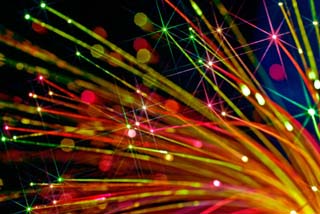Course Description
Lasers are essential to an incredibly large number of applications. Today, they are used in bar code readers, compact discs, medicine, communications, sensors, materials processing, computer printers, data processing, 3D-imaging, spectroscopy, navigation, non-destructive testing, chemical processing, color copiers, …
Lasers are essential to an incredibly large number of applications. Today, they are used in bar code readers, compact discs, medicine, communications, sensors, materials processing, computer printers, data processing, 3D-imaging, spectroscopy, navigation, non-destructive testing, chemical processing, color copiers, laser “shows”, and in the military. There is hardly a field untouched by the laser. But what exactly is so unique about lasers that makes them so effective?
This brief video course is designed for engineers, scientists, medical personnel, managers, and others who work with lasers and/or fiberoptics, or who anticipate working with lasers and/or fiberoptics, yet have little or no background in laser or fiberoptic basics. The course focuses on fundamentals and emphasizes a physical intuitive interpretation of laser and fiberoptic phenomena and their applications. Because Prof. Ezekiel keeps mathematics to a minimum, the topics covered are easily understood, without the need for a strong technical background. Prof. Ezekiel uses plain language, graphic illustrations, and video demonstrations to explain the basic characteristics of lasers and fiberoptics.
These videos were produced by the MIT Center for Advanced Engineering Study.
Course Info
Instructor
Departments









